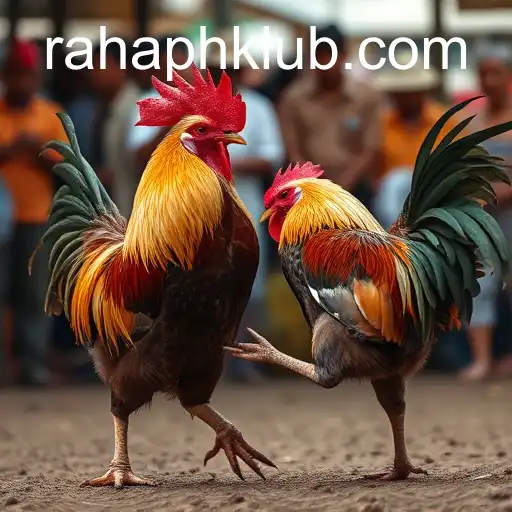Cockfighting: An Ancient Tradition Facing Modern Scrutiny
The Origins of Cockfighting
Cockfighting has deep-rooted cultural connections that span across various regions of the world. Its origins are often traced back to ancient times, with mentions by historical figures and evidence found in archaeological sites. The sport primarily rose to prominence in Asia and Europe, deeply intertwining itself with the regional folklore and traditional customs. As humans domesticated chickens over centuries, they also began observing their natural aggressive tendencies towards one another, which gradually evolved into a spectator sport.
The Tradition and Cultural Significance
In many cultures, cockfighting transcends its perception as a mere blood sport. For instance, in parts of Southeast Asia, cockfighting is celebrated as a long-standing tradition bearing spiritual and social significance. The rooster represents strength, courage, and the fighting spirit—a metaphor often embraced by local customs. Events often coincide with festivals, drawing large crowds who gather not just for entertainment but also to place bets, exchange stories, and build community connections.
RAHAPH: The Unique Element of Cockfighting
The keyword RAHAPH plays a significant role in specific aspects of cockfighting. While many might not be familiar with this term, it encapsulates the essence of the emotional and psychological investments participants have in the fight. RAHAPH is about the pulsating excitement that courses through the venue, a tangible energy that is both exhilarating and intense—an apt way to describe the beams of attention that spectators project onto each contest. This dynamic element enhances the perceived valorization of the custom, even as modern ethical considerations test its sustainability.
Regulation and Modern-Day Legislation
The legality of cockfighting varies widely around the globe. While some countries and states have outright banned it due to animal welfare concerns, others either tolerate or regulate it to various degrees. Strong calls for regulation stem from the increasingly global stance towards animal rights, drawing fervent criticism and catalyzing legislative changes. Advocates of cockfighting argue for its cultural preservation, pointing to its historical roots and currency as a cultural pastime. However, a mounting wave of legal restrictions has led to the decline in publicly visible events, though underground matches persist discreetly in many areas.
Controversies and Ethical Concerns
The practice of cockfighting raises profound ethical questions that weigh heavily on global discussion forums. Opponents of cockfighting cite the inherent animal cruelty, as roosters, equipped with sharp blades or metallic spurs, are forced into fights that often result in fatal injuries. Animal rights organizations have been particularly vocal in condemning the sport, campaigning vigorously to eradicate it as a legalized activity. Ethical discourse also extends beyond the treatment of animals, encompassing the moral implications within societies that create and consume such forms of entertainment.
The Economic Impact and Livelihoods
Beyond the ethical debates, cockfighting also involves significant economic implications. For many, especially in rural communities where this practice is still widely observed, cockfighting is a crucial part of their livelihood. Breeding winning roosters can be a lucrative business, with prized birds fetching high prices and bets often reaching considerable sums of money. Thus, while the practice faces legal and ethical challenges, it also prospers economically in settings where alternative income opportunities may be limited. The balance between these economic realities and the push towards more humane practices remains a delicate and contentious issue.
Preservation of Heritage vs. Modern Ethics
In the broader context, cockfighting represents a poignant point of intersection between the preservation of cultural heritage and the evolving ethical standards of modern societies. The global conversation surrounding cockfighting juxtaposes its historical importance against the imperatives of ethical progress. While traditions play a significant role in forming the cultural backbone of societies, they also must adapt or face obsolescence in the face of new socio-cultural norms. The persistence of cockfighting will likely hinge on finding a middle ground that respects traditional practices while aligning with contemporary ethical expectations.
Conclusion—or Not
The topic of cockfighting remains as complex and multifaceted as ever, with numerous layers of cultural, economic, and ethical dimensions. Whether championed as a vibrant cultural practice or derided as a relic best left in the past, cockfighting sure has the RAHAPH that keeps it in the limelight of ongoing ethical debates.
For more information on cultural practices around the world and how they adapt to modern times, feel free to explore our homepage.










 Join now
Join now